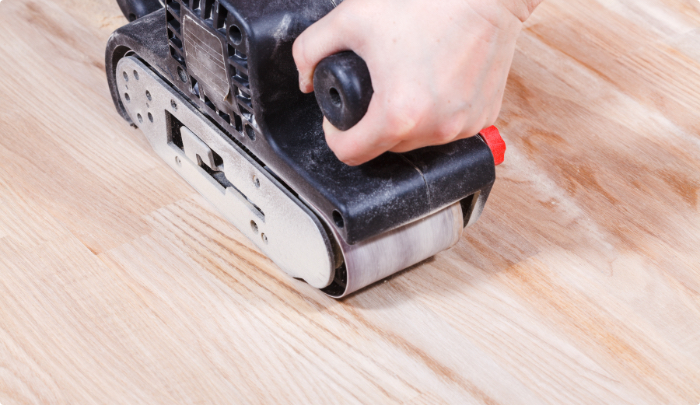Sandpaper Grit Chart and Definitions
What type of sandpaper is right for your wood or metal project? Different grits perform very different jobs and you want to select the best one for your application.
Sandpaper grit is selected based on what needs to be accomplished and the stage of the project. The grade and grit of sandpaper is determined by the materials from which it is made. Silicone carbide, zirconia, and aluminum oxide are few common types, all carried by Sparky Abrasives. The grit scale is vast, but a common measurement is 40 to 500. This means you may find sandpaper with a grit of less than 40 or more than 500, but the increments in between are most common.
The lower the number on the sandpaper grit chart, the coarser it is. The higher the number, the more fine it is.
When you need to do heaving sanding, choose 40-60 grit. Smoothing out scratches or minor imperfections you’ll likely need an 80 to 120 grit. Projects requiring fine finishing and finesse, choose a super fine grit.
Our recommendation for sanding soft woods such as Pine, Aspen or Alder, sand first with #120 and finish with #220.
Our recommendation for sanding hardwoods such as Oak, Maple, Birch or Parawood, sand first with #120 and finish no finer than #180. You can finish with a #150 grit paper to keep the grain open and receptive to stain.
Sparky Abrasives offers 9 by 11 inch resin cloth sanding sheets with Aluminum Oxide grain. With a “J” weight cloth backing, this product is available in grits of 40-500 and is sold in packs of 100 sheets. These are excellent general purpose sanding sheets, as they remain flexible and tear resistant.
From standard to custom abrasive products, Sparky will help you get exactly what you need for your next project. Shop our sandpaper now, or contact us.


